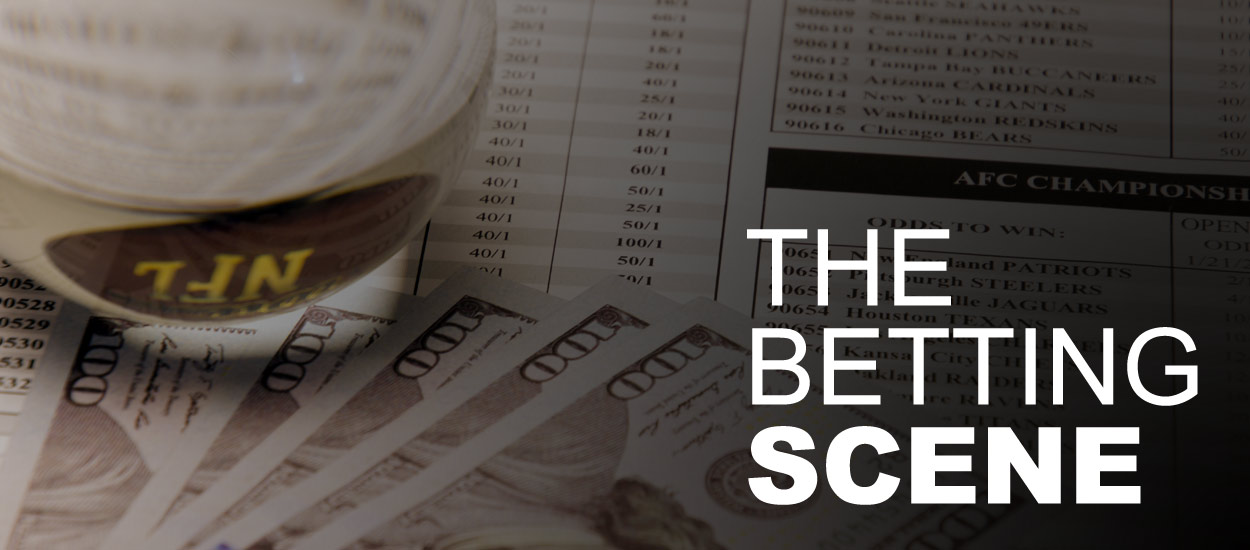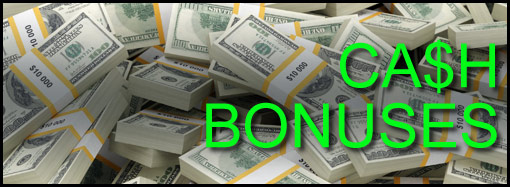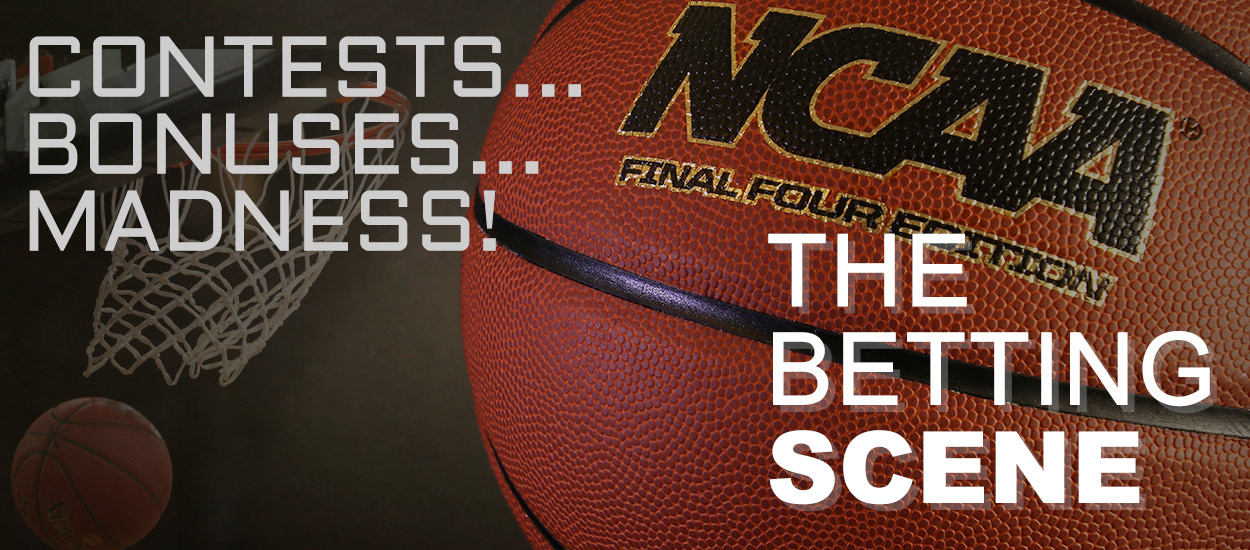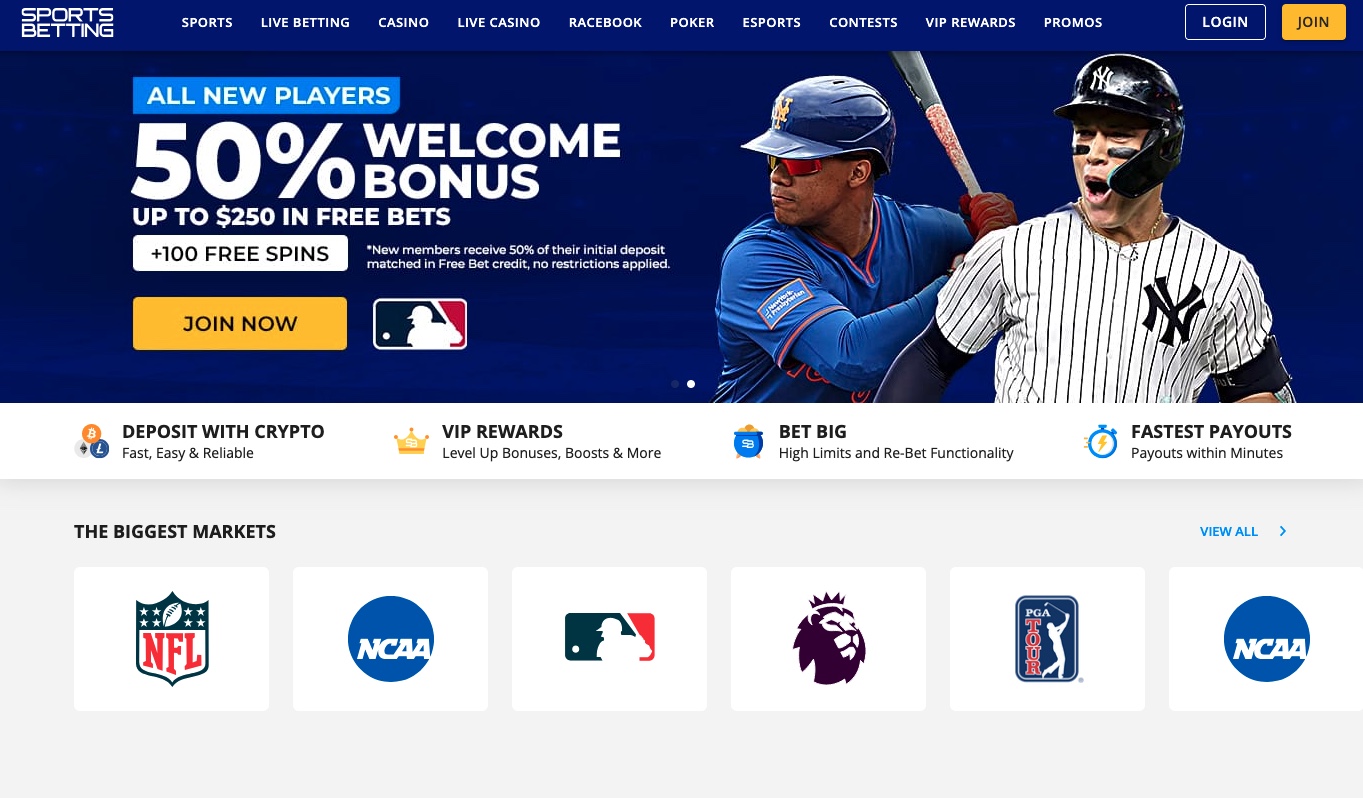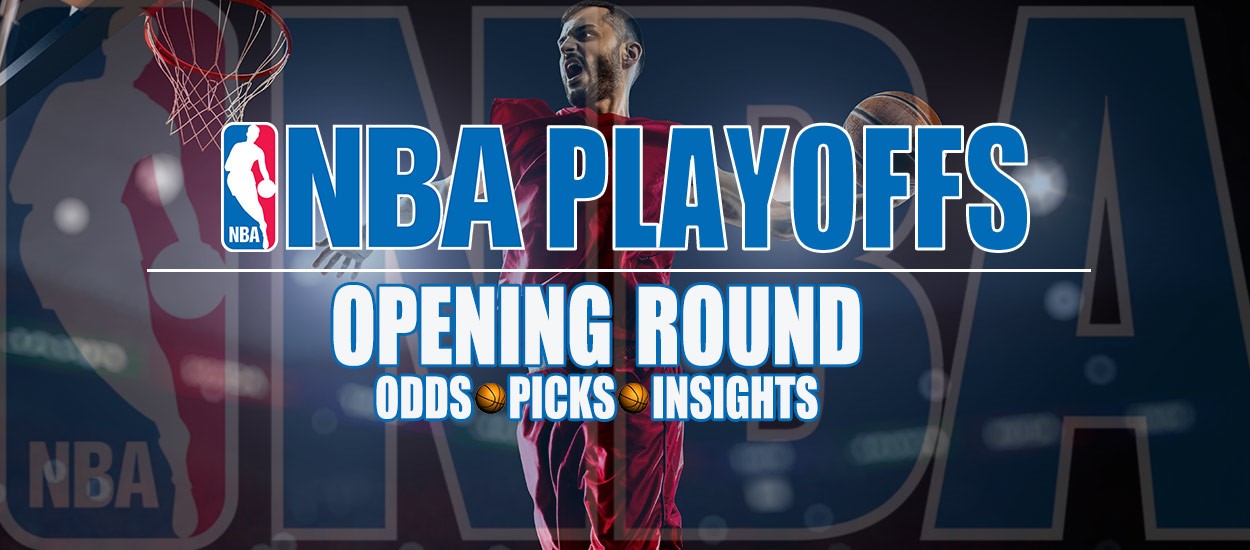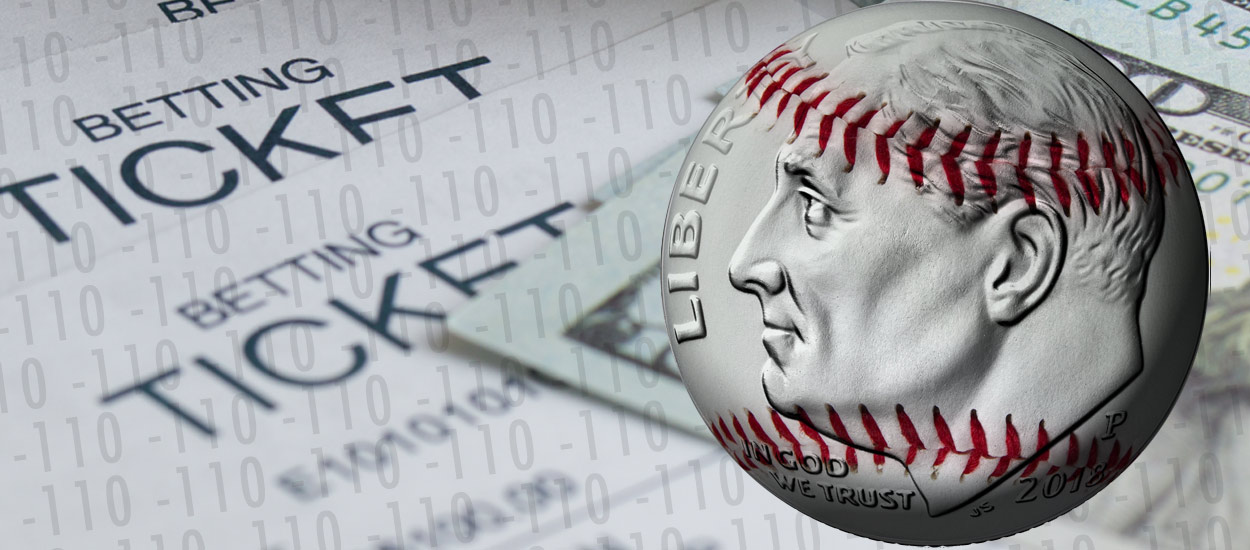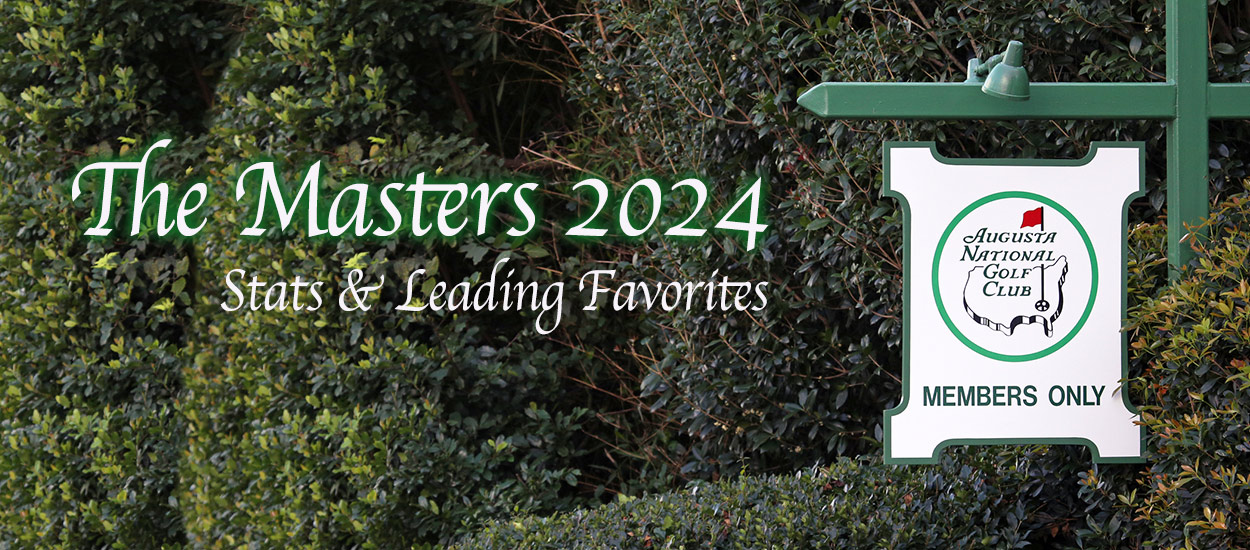Viewership and interest hasn’t yet reached the bottom
The World Series of Poker (WSOP) main event concluded last Monday. A show of hands – who won the main event this year? Anyone have their hands up besides Scott Blumstein's family? The answer is very few. Unfortunately for the WSOP, interest in the tournament has waned greatly over the last few years.
Online gambling took a big hit with the passing of the UIGEA in 2006. This new law caused a few larger sites like Party Poker to leave the U.S. market and many American gamblers stopped playing after threats were inferred to them by the FBI proclaiming online poker players were gambling illegally and basically to watch their backs. That said, PokerStars and Full Tilt, as well as Absolute Poker to a smaller degree, continued to do well and were successful in keeping most of the U.S. players. According to Pokerscout.com, the sites were attracting about 100,000 online players at peak times with the majority playing from the States. The incentives by those sites were numerous to cash players and TV programs like Poker After Dark and The Big Game, which were owned and operated by the two big poker companies, were aired continuously on broadcast and cable stations. The hope was that by keeping poker in American viewers' heads and making household names out of the paid professionals, Americans would continue to deposit and play at both Stars and Full Tilt. It worked as both poker sites were quite successful for some time.
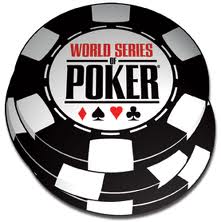 As for the WSOP, buy-ins to the main event dropped slightly due to a loss of online satellites but ESPN and Caesars, who owns the WSOP, had an idea that they hoped would keep interest up in that tournament. The main event was played down to 9 players at which point they would take a hiatus until the beginning of November. ESPN decided to take the 3 month break to shove the final 9 down poker viewers' throats with constant programs about and involving them hoping that poker enthusiasts and sports fans would anxiously tune in when the show aired in November. It also allowed online gambling sites to create odds on the tournament to give viewers a vested interest. The players hated the idea had no choice but to accept it. The idea turned out to be a flop.
As for the WSOP, buy-ins to the main event dropped slightly due to a loss of online satellites but ESPN and Caesars, who owns the WSOP, had an idea that they hoped would keep interest up in that tournament. The main event was played down to 9 players at which point they would take a hiatus until the beginning of November. ESPN decided to take the 3 month break to shove the final 9 down poker viewers' throats with constant programs about and involving them hoping that poker enthusiasts and sports fans would anxiously tune in when the show aired in November. It also allowed online gambling sites to create odds on the tournament to give viewers a vested interest. The players hated the idea had no choice but to accept it. The idea turned out to be a flop.
Instead of generating interest, the "November 9" concept killed it. By the time November came around few still cared about the tournament. The program started out on ESPN, then after a couple of years of poor numbers moved to lower ESPN stations and finally was just showed on online and through mobile apps. Aside from it being several months after the final table was set, the tournaments also went on forever, and with Las Vegas on the West Coast, many times the tournament didn't end until 5 a.m. ET or later. Very few on the East Coast bothered to stay up to watch the proceedings beyond midnight. This year the whole tournament was completed in July since the experiment failed and delaying to November was of no benefit to ESPN or Caesars.
The big death to TV viewing, however, both for the main event and poker in general came in 2011 when the FBI seized the websites for PokerStars, Full Tilt, Absolute Poker and Ultimate Bet. Full Tilt, Absolute Poker and Ultimate Bet closed completely and PokerStars continued, but only catering to the non-U.S. market. Prior to the Black Friday seizures, viewership was quite high and most people were interested in not only the tournament, but professionals like Phil Ivey, Daniel Negreanu and Phil Hellmuth. Most people that follow gambling could tell you all about the exploits of Chris Moneymaker who turned a $33 satellite in 2004 into a $2.5 million payday. They also know about Greg Raymer and his crazy glasses; Joe Hachem who won the following year and Jamie Gold whose pocket 10s won him a record $12 million jackpot in 2006.
Following Black Friday, Full Tilt almost immediately pulled Poker After Dark and the Big Game went shortly after. Only World Poker Tour events continued to be shown and most of those were based in Europe and the Caribbean Islands. This period in time saw the beginning of the real decline of poker.
Instead of seeing the professionals they knew and loved (or hated) from the staged shows, the players in the WPT events were virtual unknowns who very few cared about. At one point, there was even a cable station devoted completely to poker, but that has long been shut down. Poker on television is still big in Europe since there was no ban there, but the players Europeans focus on are different than in the U.S. More Europeans know the names Ivan Luca and Fedor Holz but don't identify with the top two WPT players, James Romero and Sam Panzica. But, because more poker is shown on TV in Europe, poker enthusiasts there follow the up-and-comers and top current players, unlike Americans.
There was a big concern that enrolments at the WSOP beginning 2011 would take a huge tumble since Americans could no longer win satellites at the poker sites and not many are willing or able to pay $10,000 for a seat, but signups have been steady. Land-based poker rooms and European-based poker sites began offering more satellites and a lot of people began to team up with friends and family to split the cost of a poker seat. Without question the number of true amateurs like Chris Moneymaker in 2004 dropped, but experienced poker players still signed up. The number of enrolments has been consistently over 6,000 and 2017 had the most entrants since 2010. But if you mention the names Ryan Riess, Martin Jacobson or Joe McKeehen to Americans on the street, few people other than real poker enthusiasts will know or care that they won the WSOP main event in recent years.
And it's not just poker on television or cable that has taken a tumble in the U.S., but land based poker as well. To the casinos, the important thing isn't viewership but actual participation at the casinos' poker rooms. And interest in poker games and tournaments has tanked. After Moneymaker's win, it seemed everyone began to play Texas Hold 'em stateside and players began seeking places to play. Even though it has never been a big money earner for casinos, most Nevada casinos increased the size of their poker rooms to keep patrons interested and staying in their establishments.
In 2002 Las Vegas casinos had just 144 poker tables, but by 2007 that number increased to 405 tables and over 900 statewide. But, after 2011 interest declined and casinos started paring down their poker rooms. Caesars Palace, Tropicana and a few others began cutting their poker rooms and at the beginning of this year the number of tables dropped to 320. And poker tournaments in Nevada are few and far between. In April of this year Monte Carlo closed all its 8 tables and other smaller casinos are following suit. So, the total number of tables is down 25% from a decade ago. And talking to other Las Vegas executives I've been told that number will continue to decline: "We can no longer justify keeping open space for poker tables that are rarely used. We expect our poker room will be gone by 2018," a director at a medium sized Las Vegas casino told me recently.
And it's not just Nevada that has seen a lack of interest, but New Jersey as well. Despite all the fanfare, online poker interest in New Jersey has been very poor. Online casino gambling has done quite well, but poker is another story. Even with PokerStars getting a New Jersey license to operate, interest is low.
According to Pokerscout.com less than 200 cash players are playing at PokerStars NJ at any time and less than 600 players are online at all the available Internet poker rooms statewide. And Zynga poker, the Facebook app that was getting almost 250,000 players just 5 years ago, is down to about a quarter of that number today.
Poker interest has always gone in cycles but never to the extent that it has recently. In 2006, it seemed that the sky was the limit for anyone holding a poker license. Today they are wondering how much longer it will be before they hit bottom. No doubt 2018 will see a large signup at the WSOP again, after all, becoming an overnight millionaire is every gambler's dream. But don't expect many people outside of the tournament to know or care about the outcome.
Read insights from Hartley Henderson every week here at OSGA and check out Hartley's RUMOR MILL!







